Why can’t amateurs store up the necessary angles in the later part of their downswing? The answer lies in understanding the modern release and the movement of the wrists and hands. Let’s dive deep into the secrets of effortless power and speed in your swing, using your hands and wrists just like the pros.
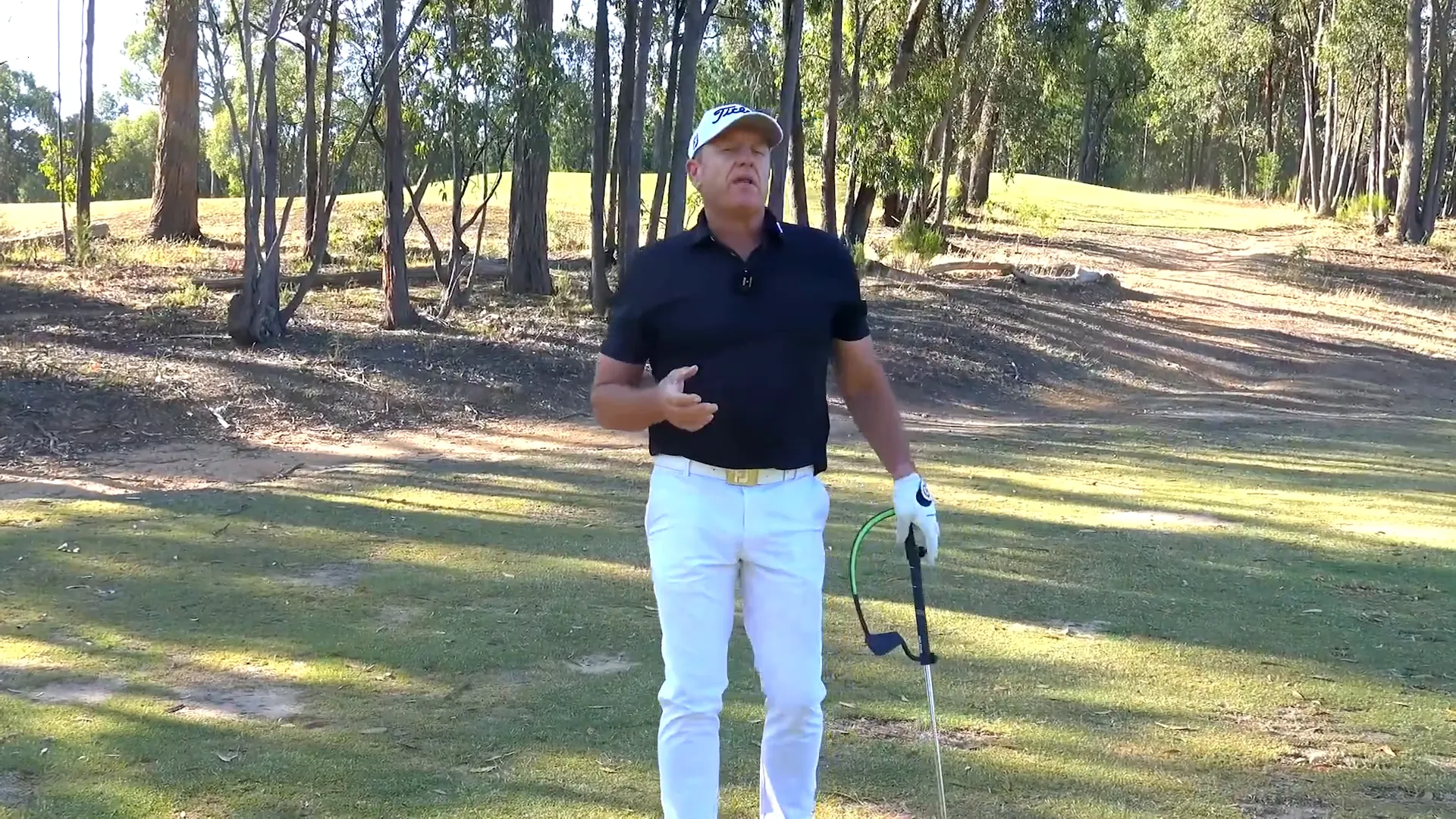
According to Padraig Harrington, a staggering seventy percent of the speed in the golf swing comes from your hands. If you’re an amateur and your hands aren’t active during your swing, you’re leaving a lot on the table. Your hands should be engaged and dynamic throughout the swing.
Many golfers mistakenly lead with their hands during drills, allowing the hands to drift ahead of the clubface through impact. This drift results in a loss of both strike and speed. To illustrate this, let’s break down a drill:
- Stop at impact with your hands out in front of you.
- Ensure your left wrist is cupped, not held in an angle.
- Let the club release naturally through impact.
When you see the common picture of impact, with the hands above the ball, remember that this is a snapshot of a dynamic movement. The wrist should not be rigid; it should be actively releasing the club.
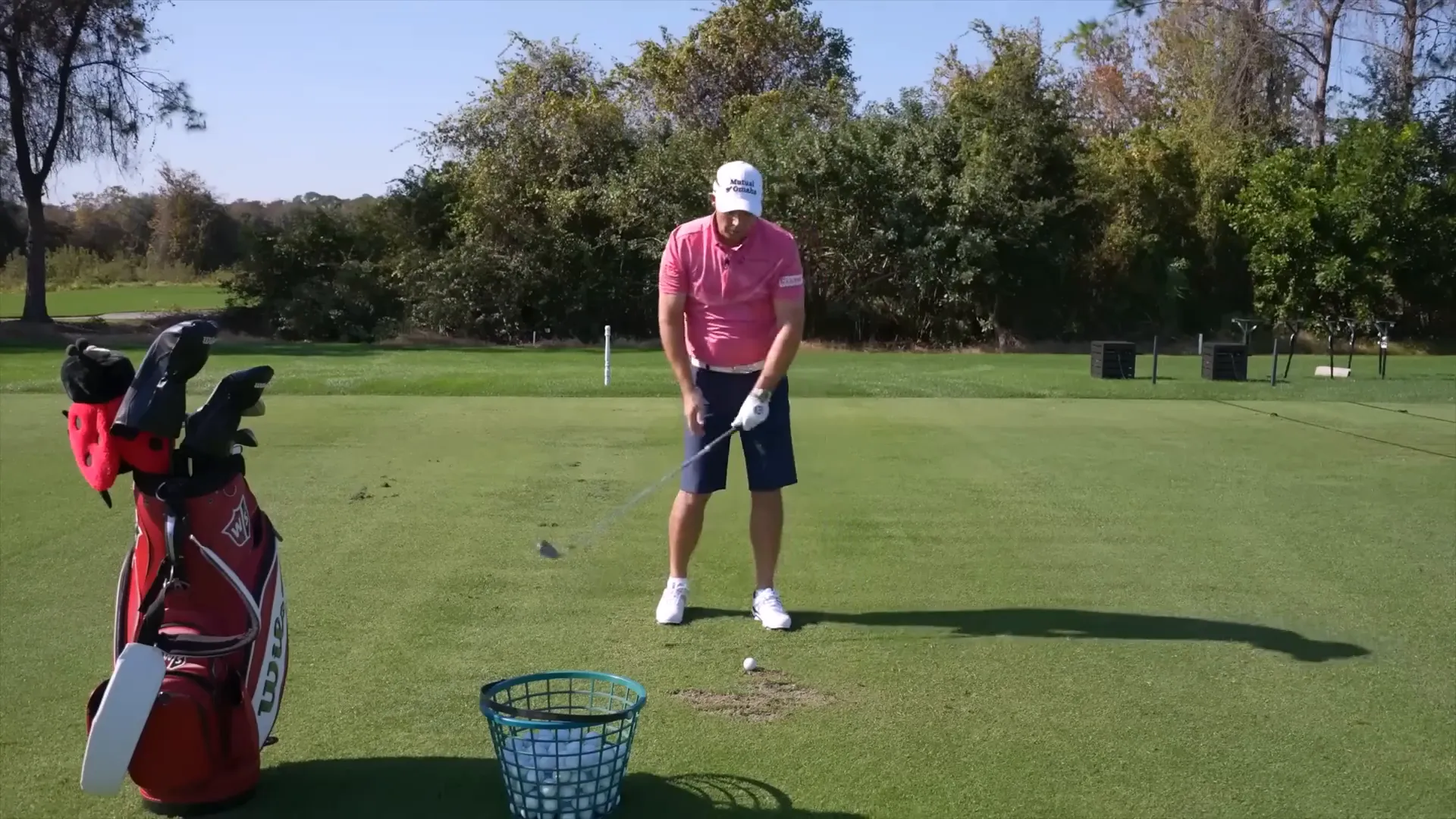
Many amateurs and even instructors struggle with the concept of wrist movement at impact. A common mistake is to hold the lead wrist flat, but great players like Fred Couples demonstrate a fluid release after impact, where the lead wrist moves into a cupped position. This fluidity is crucial for creating speed and power.
To effectively build up and release these angles, you need to let go quickly. This is what we call “releasing the club.” The quality of your release directly impacts the effectiveness of your downswing.
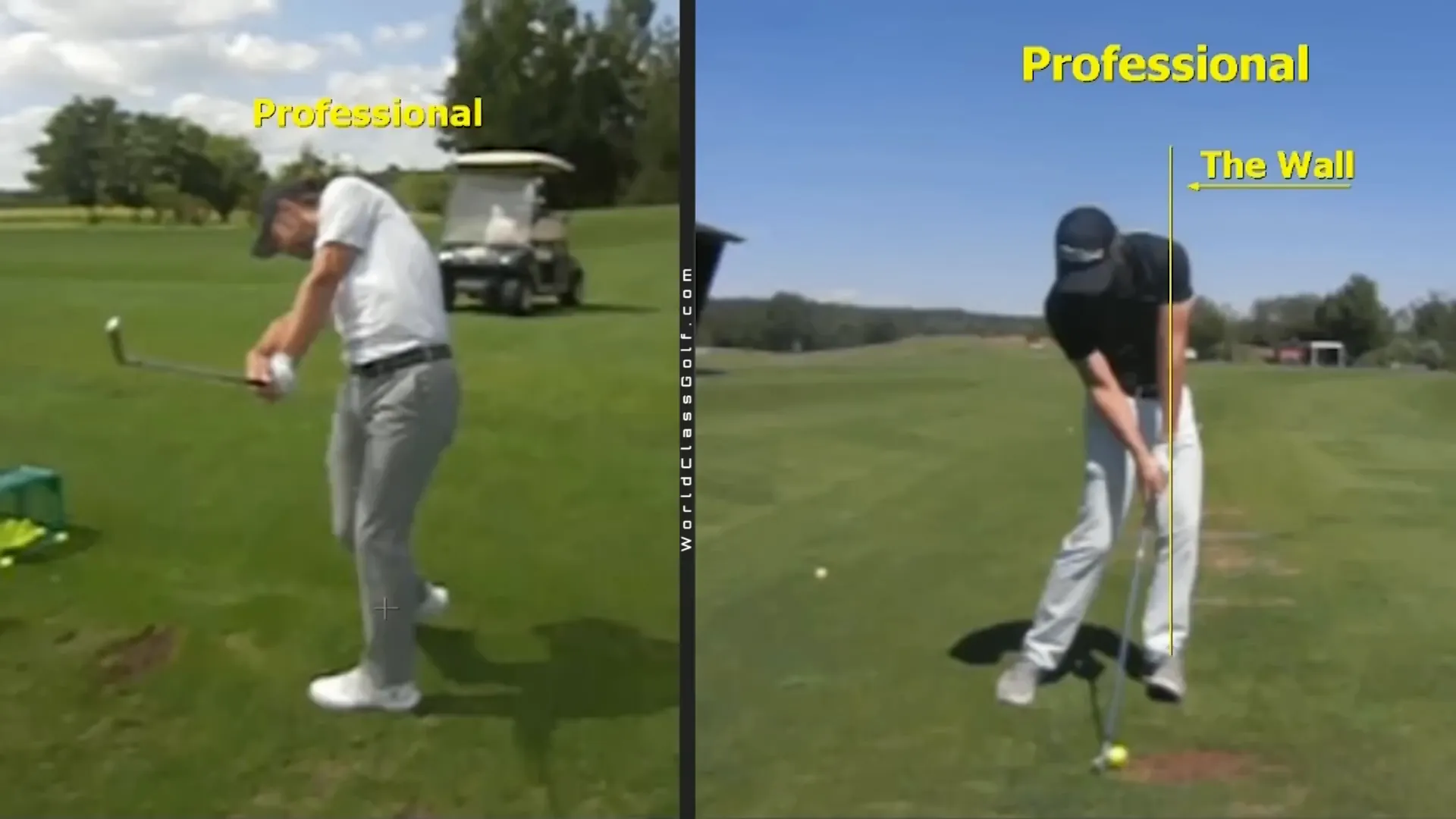
Now, let’s look at a drill from Padraig Harrington that emphasizes the importance of this release. He suggests focusing on the release point being at the ball, not behind it. This requires clearing your hips and allowing the club to move straight down the line towards the ball.
Here are three drills to help you feel this release:
- The Rope Drill: Get a golf rope to help you collect speed at the top. As you turn, let the rope fall on your back. This will help you transfer the speed of the club to your body effectively.
- Loosen Up: When gripping the club, keep it loose. Turn your left hand in slightly to create a more comfortable grip, which will help free up your swing.
- Watch the Club Face: Ensure the club face isn’t rolled over during the swing. Keep the right wrist in a flexed position while extending the left wrist.
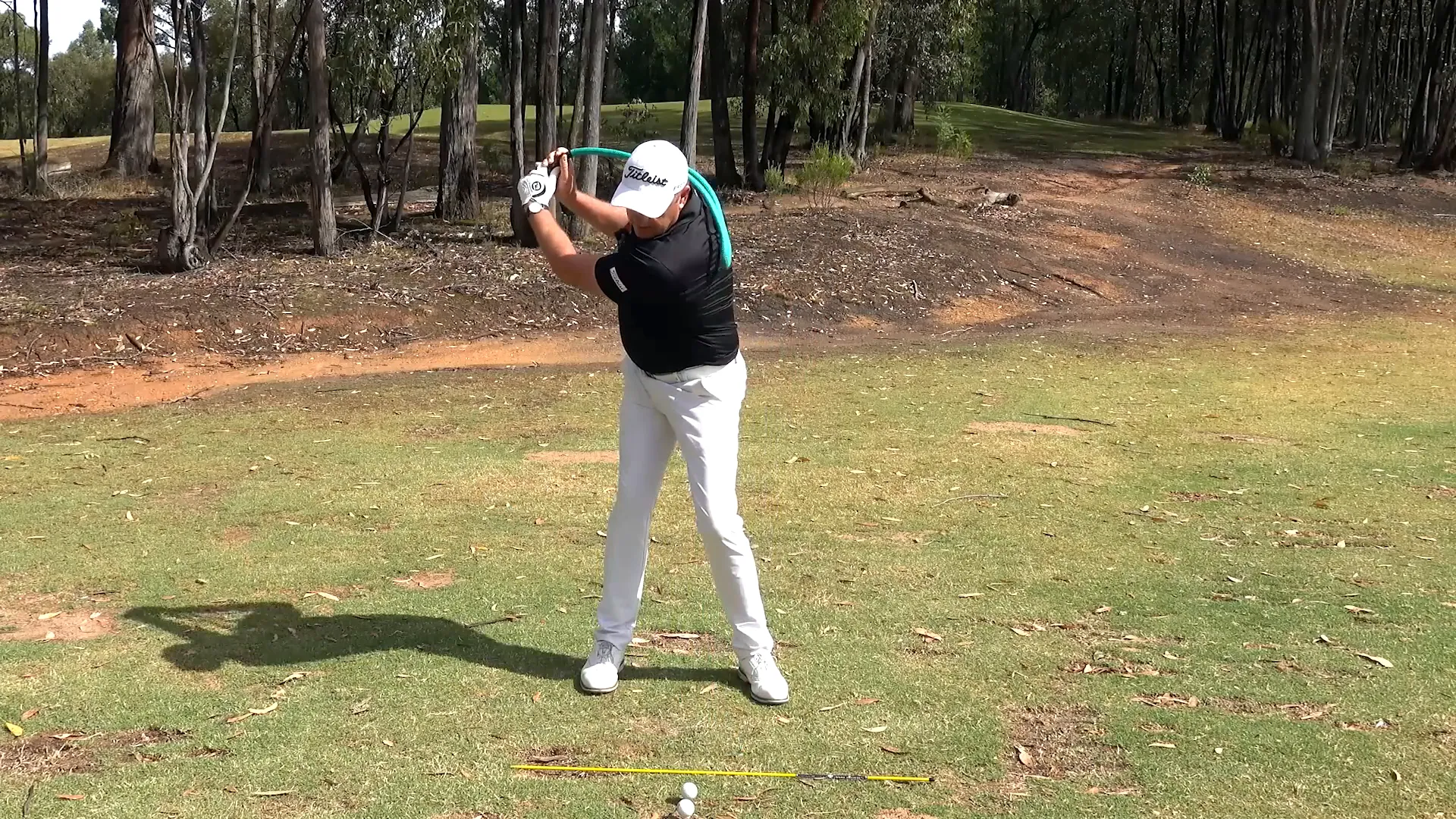
Next, let’s move on to a drill I like to call “Front End Therapy” or reverse engineering. This drill emphasizes the importance of feeling what great players do through the ball. Start by teeing up a ball and focus on keeping your club face from rolling over. Feel the right wrist flex and the left wrist extend as you swing through.
As you practice these drills, remember that controlling the club face is crucial. The goal is to match the club face with your spine angle, allowing for a powerful and strong release. When you manage to release the club under your lead side, you’ll extend more effectively without needing to roll over the club face.
Now, let’s examine a fantastic drill to control your club face in both directions. This involves adjusting your grip to a three-knuckle position. By keeping the club pointed down, you can then release it up smoothly through the ball.
Finally, let’s look at a unique tool—the Orange Whip. This tool can demonstrate how to maintain a proper wrist position at impact. It allows you to visualize the importance of throwing the club head at the ball, which is essential for achieving that effortless power.
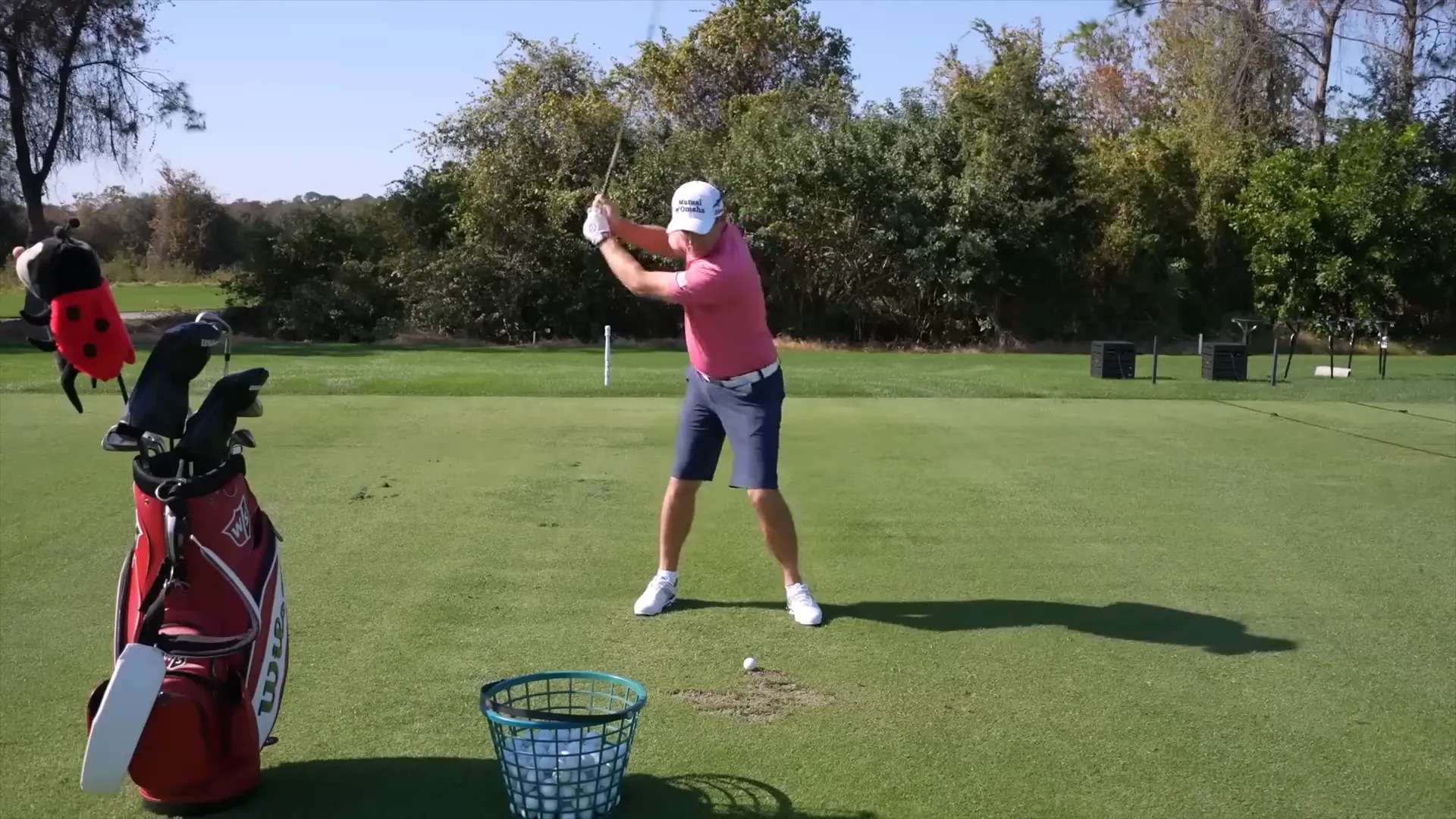
In conclusion, mastering the release of your hands and wrists is crucial for improving your golf swing. By incorporating these drills and understanding the importance of wrist movement, you’ll be on your way to experiencing the effortless power that the pros enjoy. Remember, practice makes perfect, and with these techniques, you’ll be hitting the ball like never before.
For more personalized instruction, consider joining one of our upcoming golf schools. We’re here to help you transform your game and reach your full potential!

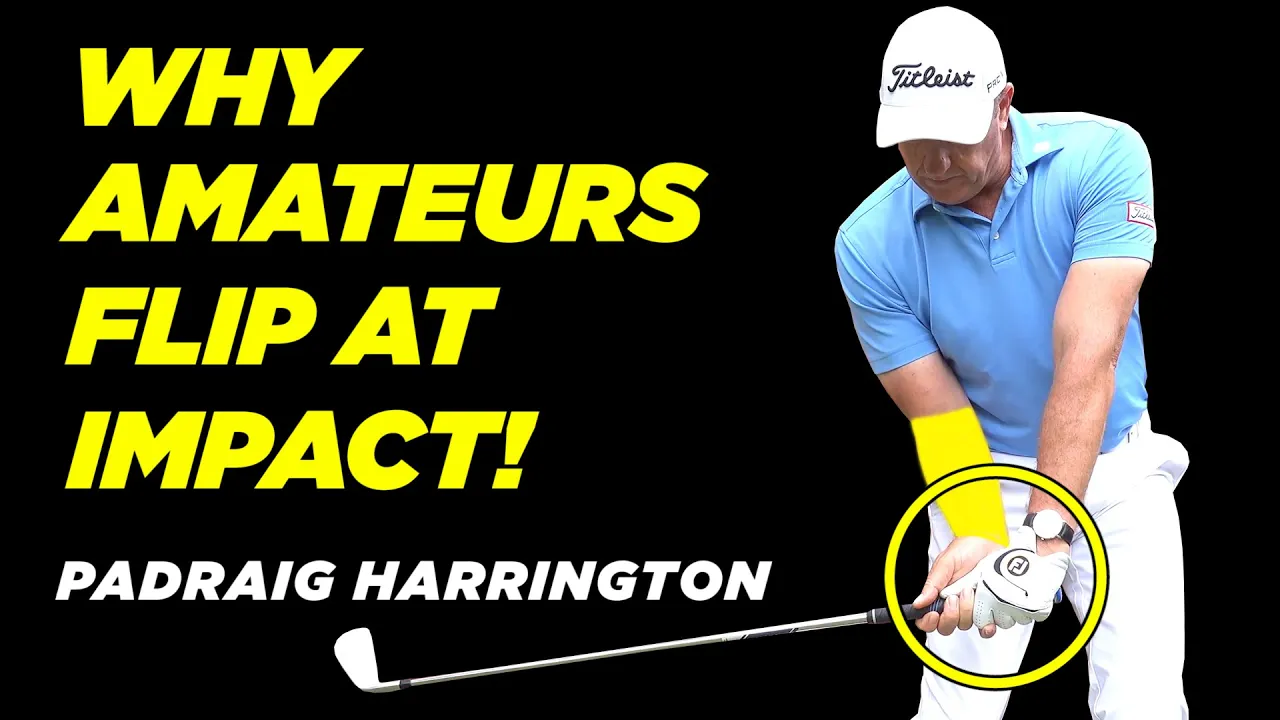
0 Comments